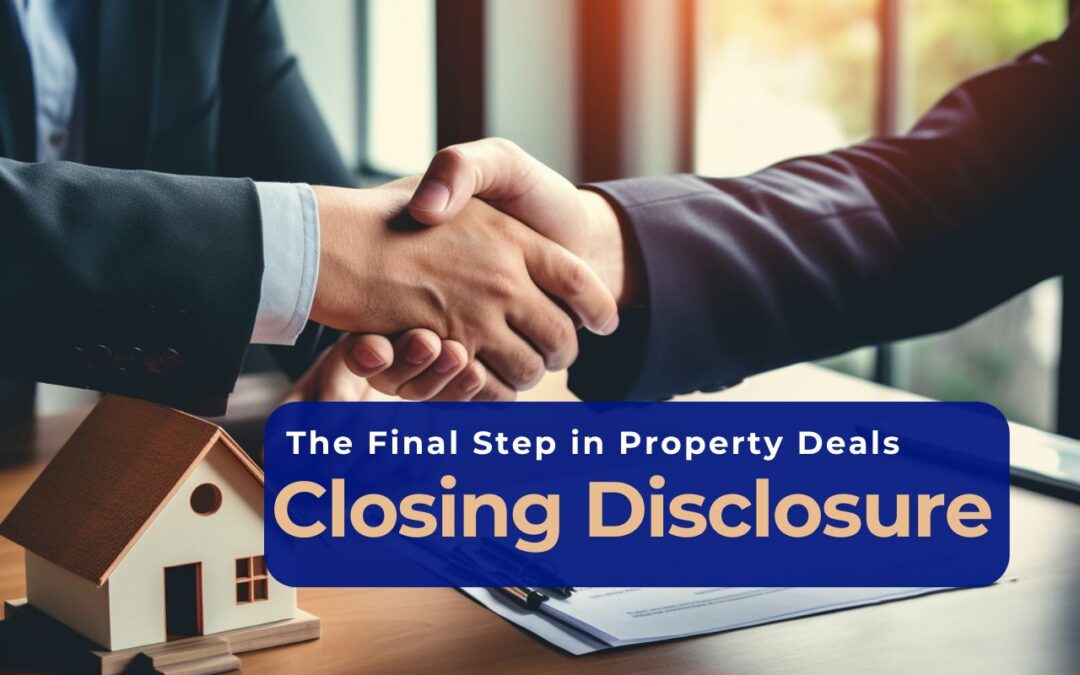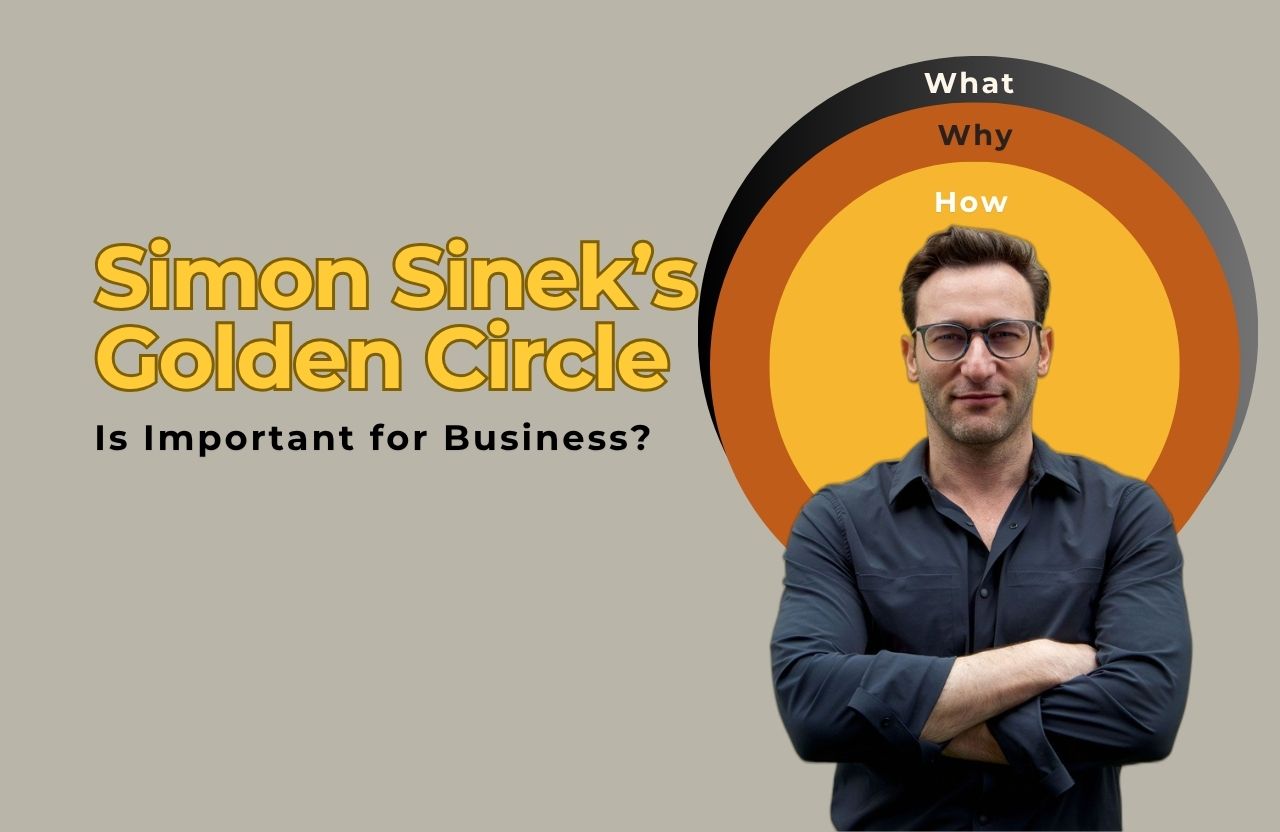Buying a home? Selling one? Then you’ve likely heard of the Closing Disclosure. It’s that final hurdle before the finish line—the last big document that determines whether your property deal sails through or hits a speed bump.
But here’s the catch: many people don’t fully understand it.
Let’s fix that.
This guide will walk you through what a Closing Disclosure is, why it matters to both buyers and sellers, how to read it, and the most common mistakes to avoid. We’ll also include tips to review it like a pro so you can approach closing day with total confidence.
What Is a Closing Disclosure?
A Closing Disclosure is a standardized five-page document provided to homebuyers at least three business days before closing on a mortgage. This rule is part of the TILA-RESPA Integrated Disclosure (TRID) rule, designed to simplify mortgage disclosures and protect consumers.
It outlines all final terms of your mortgage loan: the loan amount, interest rate, monthly payments, fees, closing costs, and other critical details. Essentially, it’s the final version of your Loan Estimate—only now, everything is locked in.
According to the Consumer Financial Protection Bureau, comparing the Loan Estimate with your Closing Disclosure is one of the most important steps in the closing process.
This document is your last checkpoint before signing on the dotted line. It’s where everything comes together—loan details, payments, fees—and becomes real. Don’t rush it. Set aside time to go over it carefully.
Why It Matters for Buyers and Sellers
For buyers, the Closing Disclosure is your last opportunity to review all the financial details of your loan. It ensures you know exactly what you’re paying for and prevents any last-minute surprises.
For sellers, while the Closing Disclosure isn’t directed to you, you’ll still receive a version detailing your own proceeds, commissions, and any closing costs owed. It’s crucial to confirm your final numbers and ensure everything aligns with the purchase agreement.
One powerful stat from the National Association of Realtors: 47% of buyers said the paperwork and process were more complicated than expected. That makes a solid case for understanding disclosures early.
This step isn’t just paperwork—it’s about protecting your financial future. For both buyers and sellers, catching a small error can prevent major financial headaches down the road. It’s the kind of due diligence that pays off.
Breaking Down the Closing Disclosure
Each page of the Closing Disclosure has a clear purpose. Here’s a quick breakdown:
- **Loan Terms & Projected Payments (Page 1)**Loan amount
- Interest rate
- Monthly principal & interest
- Estimated taxes, insurance, and assessments
- **Closing Costs Details (Page 2)**Loan costs: origination fees, points, application fees
- Other costs: title insurance, government recording fees
- Cash to Close (Page 3) is the Total amount the buyer needs at closing
- Adjustments for any deposits already made
- **Loan Disclosures & Additional Info (Page 4)**Assumption clauses, late payment penalties, escrow info
- **Contact Info and Final Confirmations (Page 5)**Names and contacts of lenders, real estate agents, settlement agents
Make sure to read every section. If you’re not sure about something, ask. Better now than after signing.
It can help to review this section alongside your real estate agent or lender. Having someone walk you through the details makes it easier to catch anything unusual and reduces the pressure of deciphering the fine print on your own.
Common Mistakes When Reviewing Closing Disclosures
Missteps can be costly. These are the most common errors:
- Wrong spelling of names or addresses
- Loan amount discrepancies
- Incorrect interest rate or APR
- Unexpected fees that weren’t in the Loan Estimate
- Missing seller concessions or credits
Spot something off? Don’t sign. Ask your lender or real estate agent to clarify or correct the issue. It’s your right.
Sometimes, the mistake is small—a misspelled name or incorrect zip code—but even small errors can delay your closing. That’s why checking everything line-by-line is worth the effort.
Tips for Reviewing the Document Thoroughly
Reviewing closing disclosures doesn’t have to be intimidating. Here are practical tips to make the process smoother:
- Compare it with your Loan Estimate: Look for differences in fees, loan terms, or payment schedules.
- Double-check your personal info: Your name, address, and contact details must be accurate.
- Confirm closing costs: Ensure each fee is expected and explained.
- Ask about your escrow account: How much is being collected for taxes and insurance?
- Check dates carefully: The closing date and disbursement dates should align with your plans.
Using a printed version with a highlighter can make this process more hands-on and easier to manage. You’re not just scanning—you’re actively verifying each section with a critical eye.
Regulatory Changes That Shaped the Disclosure Process
The Closing Disclosure exists because of key financial regulations post-2008.
- The Dodd-Frank Act introduced sweeping mortgage reforms, emphasizing borrower transparency.
- The TRID rule lengthened the average closing time by 1.7 days.
- According to the Federal Reserve Bank of Philadelphia, the Ability-to-Repay rule led to a 15% drop in self-employed mortgage originations and boosted income verification.
These policies were designed to protect buyers, but they also made the process more complex. That’s why education is key.
These shifts show how a simple form can reflect larger industry trends. When you understand what’s behind the rules, you appreciate why precision and preparation are so important.
Final Thoughts: Be Prepared, Not Surprised
The Closing Disclosure isn’t just another form. It’s a mirror of your mortgage agreement. It confirms every cost, every detail, and every obligation.
Understanding it? That gives you power.
Before signing, take time. Ask questions. Clarify confusion. The Consumer Financial Protection Bureau even recommends bringing a checklist to review each section with your agent or lender.
In real estate, surprises cost money. Clarity saves it. And when you’re informed, you walk into the closing day with your head high and your eyes wide open.
Because the final step? It’s where ownership begins.













